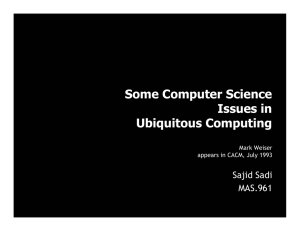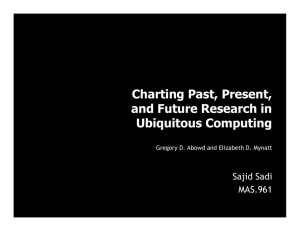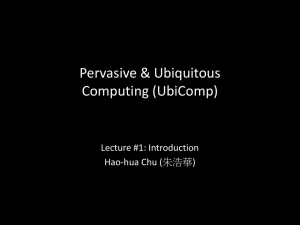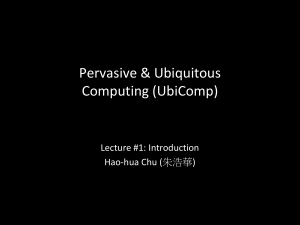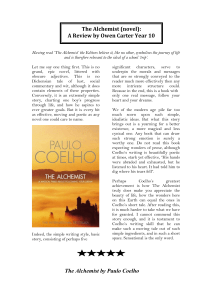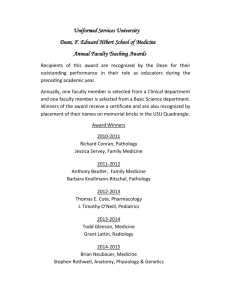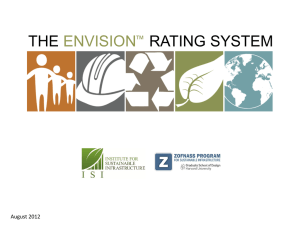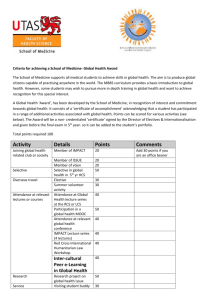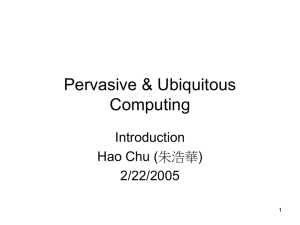buechleyIntro
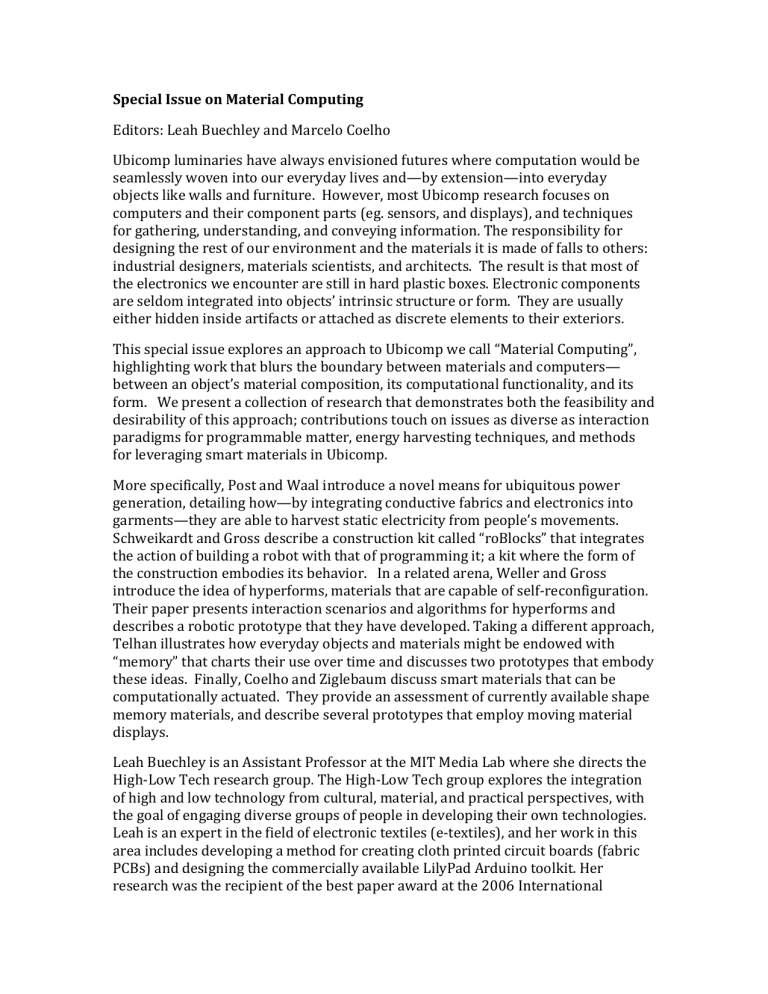
Special Issue on Material Computing
Editors: Leah Buechley and Marcelo Coelho
Ubicomp luminaries have always envisioned futures where computation would be seamlessly woven into our everyday lives and—by extension—into everyday objects like walls and furniture. However, most Ubicomp research focuses on computers and their component parts (eg. sensors, and displays), and techniques for gathering, understanding, and conveying information. The responsibility for designing the rest of our environment and the materials it is made of falls to others: industrial designers, materials scientists, and architects. The result is that most of the electronics we encounter are still in hard plastic boxes. Electronic components are seldom integrated into objects’ intrinsic structure or form. They are usually either hidden inside artifacts or attached as discrete elements to their exteriors.
This special issue explores an approach to Ubicomp we call “Material Computing”, highlighting work that blurs the boundary between materials and computers— between an object’s material composition, its computational functionality, and its form. We present a collection of research that demonstrates both the feasibility and desirability of this approach; contributions touch on issues as diverse as interaction paradigms for programmable matter, energy harvesting techniques, and methods for leveraging smart materials in Ubicomp.
More specifically, Post and Waal introduce a novel means for ubiquitous power generation, detailing how—by integrating conductive fabrics and electronics into garments—they are able to harvest static electricity from people’s movements.
Schweikardt and Gross describe a construction kit called “roBlocks” that integrates the action of building a robot with that of programming it; a kit where the form of the construction embodies its behavior. In a related arena, Weller and Gross introduce the idea of hyperforms, materials that are capable of self-reconfiguration.
Their paper presents interaction scenarios and algorithms for hyperforms and describes a robotic prototype that they have developed. Taking a different approach,
Telhan illustrates how everyday objects and materials might be endowed with
“memory” that charts their use over time and discusses two prototypes that embody these ideas. Finally, Coelho and Ziglebaum discuss smart materials that can be computationally actuated. They provide an assessment of currently available shape memory materials, and describe several prototypes that employ moving material displays.
Leah Buechley is an Assistant Professor at the MIT Media Lab where she directs the
High-Low Tech research group. The High-Low Tech group explores the integration of high and low technology from cultural, material, and practical perspectives, with the goal of engaging diverse groups of people in developing their own technologies.
Leah is an expert in the field of electronic textiles (e-textiles), and her work in this area includes developing a method for creating cloth printed circuit boards (fabric
PCBs) and designing the commercially available LilyPad Arduino toolkit. Her research was the recipient of the best paper award at the 2006 International
Symposium on Wearable Computers. Buechley received PhD and MS degrees in computer science from the University of Colorado at Boulder and a BA in physics from Skidmore College.
Marcelo Coelho is a designer and researcher whose work dwells in the intersection of human-computer interaction, materials science and design. He is an inventor of paper computers, shape changing composites, interactive garments, and edible circuits. He is currently a PhD candidate at the MIT Media Lab. Marcelo’s work has been exhibited internationally, in venues such as the Societe des arts technologiques, Gallerie Sequence, Digifest, Dutch Design Week, Collision Collective and Seamless Fashion Show, and has won several grants and awards, including MIT
Council for the Arts Grant, VAV production grant, US National Congress on
Computational Mechanics Award, Golden Key Visual & Performing Arts
Achievement Award, and CHI Best Video Golden Mouse Award.
